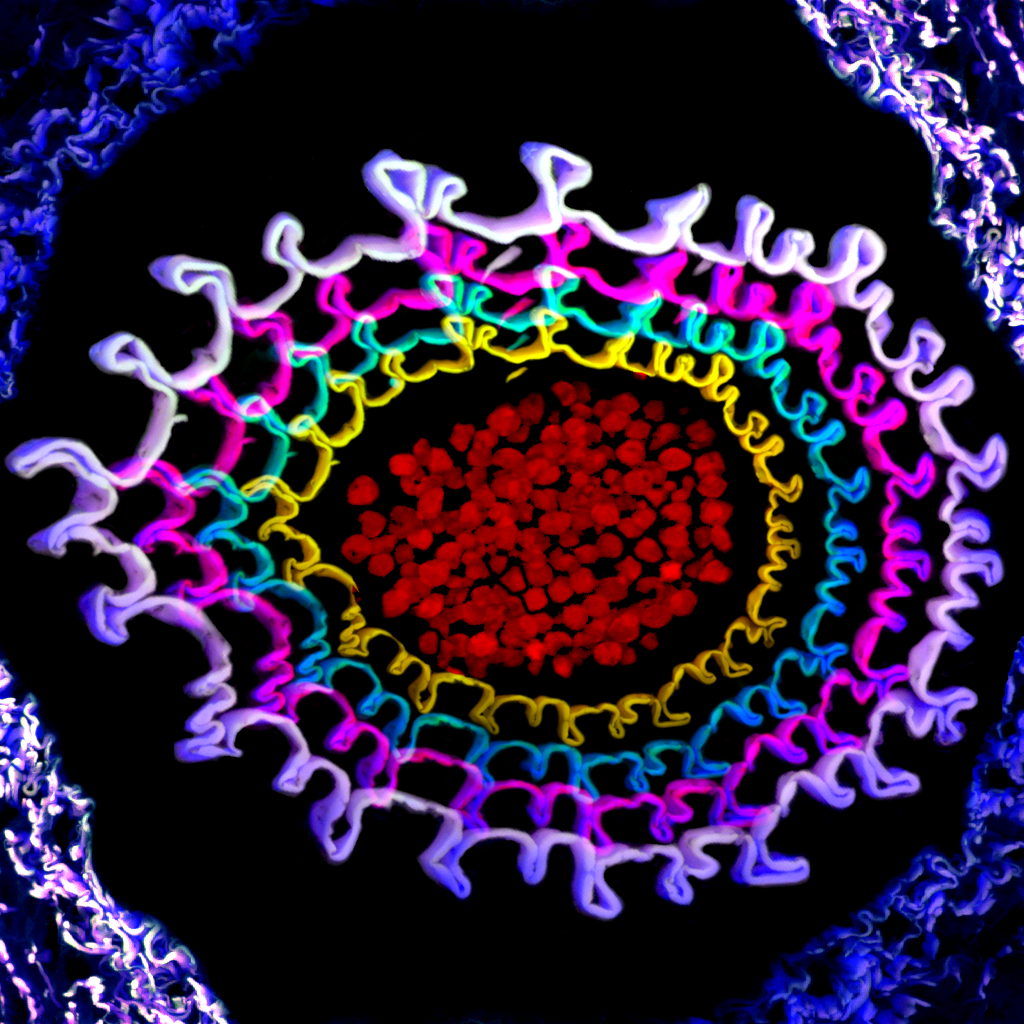
Holly Wood Tangential Section
Tangential section of wood of Chinese holly. This is how it looks like when you do a cut that’s perpendicular to the radius of the stem. The vertical lines are vessels transporting water from roots to leaves, while the circles are clustered ray cells that function to transport fluids and nutrients radially and laterally (perpendicular to the long axis) within a woody stem. Contributed by … Continue reading Holly Wood Tangential Section









